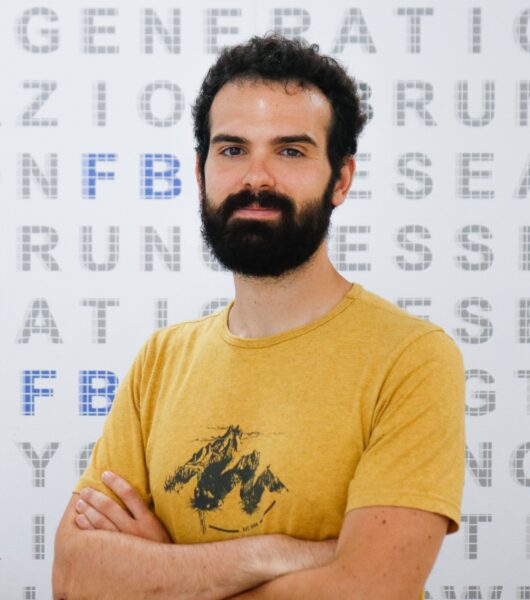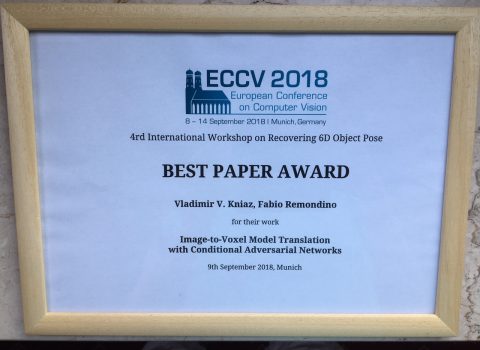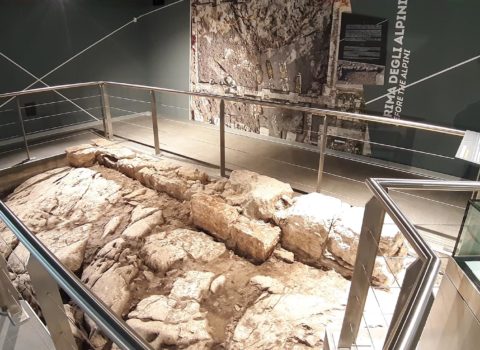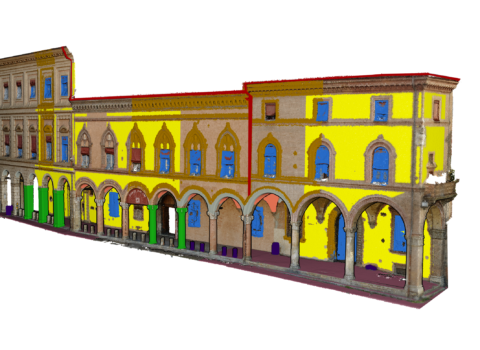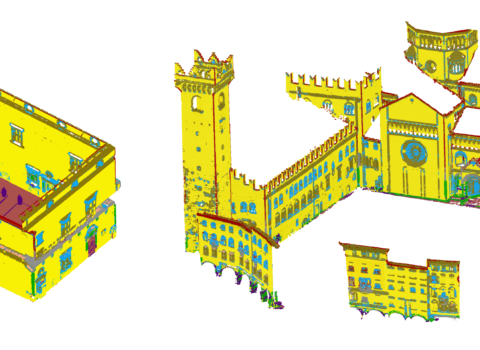
Robin Hood’s tree comes back to life
The Sycamore Gap Tree, a majestic 100-year-old tree, symbol of Hadrian's Wall in England's Northumberland, made famous by the film "Robin Hood - Prince of Thieves", had been felled due to an apparent act of vandalism. FBK has returned it to the community by creating a digital reconstruction of it, allowing the emotional experience of the Sycamore Gap Tree to be relived as before the event.
The event
The Sycamore Gap Tree was a majestic 100-year-old tree – a mountain maple also called sycamore – located next to Hadrian’s Wall in England’s Northumberland, within the “Hadrian’s Wall & Housesteads Roman Fort” UNESCO site. It stood in a hollow next to the wall and became a symbol of the wall itself and of the whole community. It was a destination for tourists and photographers and was also made famous by the film Robin Hood – Prince of Thieves , which showed it in some footage.
In September 2023, probably due to an act of vandalism, the tree was cut down, and the community was thus deprived of its symbol.
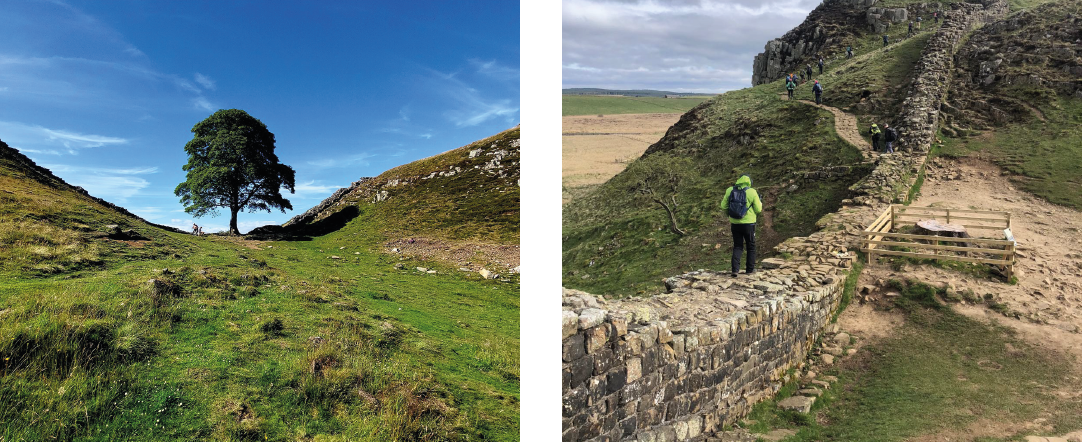
The project
In the days following the event, researchers took action to document the situation, launching various projects to enhance this landmark that is relevant to the local area and beyond.
Fondazione Bruno Kessler, with its 3DOM unit, was involved with Newcastle University and the National Trust and, together with the Politecnico di Milano to carry out a digital reconstruction of the Sycamore Gap Tree and the unique context in which it was located. The project aimed to preserve the memory of this landmark and produced a web viewer that allows people to relive the emotional experience of the Sycamore Gap Tree before the event.
The work used hundreds of amateur photos and videos of the tree released by the National Trust. The tree and a large part of the surrounding scene was reconstructed thanks to photogrammetry, paying particular attention to geometric and colorimetric aspects. Photogrammetry is a technique for determining the position, shape and size of an object using photographs of the object taken from at least two different viewpoints.
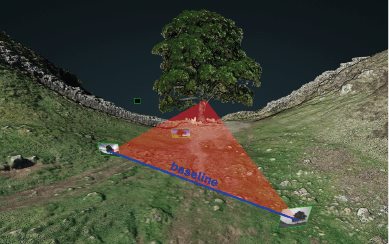
The work performed proved to be very complex because the images available are multi-temporal, have a low resolution and do not cover all sides of the tree. For this reason, Artificial Intelligence algorithms trained on complex images were used to process all the images together. The entire scene was reconstructed in 3D by also integrating additional information from a laser scanner survey carried out right after the September event by by Newcastle University. All this allowed to obtain the highest possible accuracy from the data available.
The final viewer makes it possible to relive three different stages for the Sycamore Gap Tree: before the event, where the 3D reconstruction of the tree and the surrounding Hadrian’s Wall scene is shown; the event, reconstructed thanks to the surveys carried out immediately after the vandalism, which shows the tree on the ground; after the event, i.e. the current situation without the tree but which, thanks to image processing, makes it possible to relive the emotional aspect by showing the tree from different points of view, in different time periods and seasons.
The 3D results and viewer provide a complete, contextualized and chronological view of the tree’s transformation, together with a multiple experience of the tree in different seasons and lighting conditions. In addition to preserving the memory of the site, the visualizer could allow users to interact with the scene in immersive, first-person Virtual Reality experiences.
This is not the first time that the 3DOM unit has tried its hand at using historical data for 3D reconstructions of disappeared or modified scenarios. It is worth mentioning the VAST project (CARITRO) for the reconstruction of Austro-Hungarian forts in Trentino from archive images and maps, the TOTEM project (CARITRO) for the 3D modelling of historical Trento, and the MEM3D project (CARITRO) for the study of the Trentino region from historical aerial photographs.


